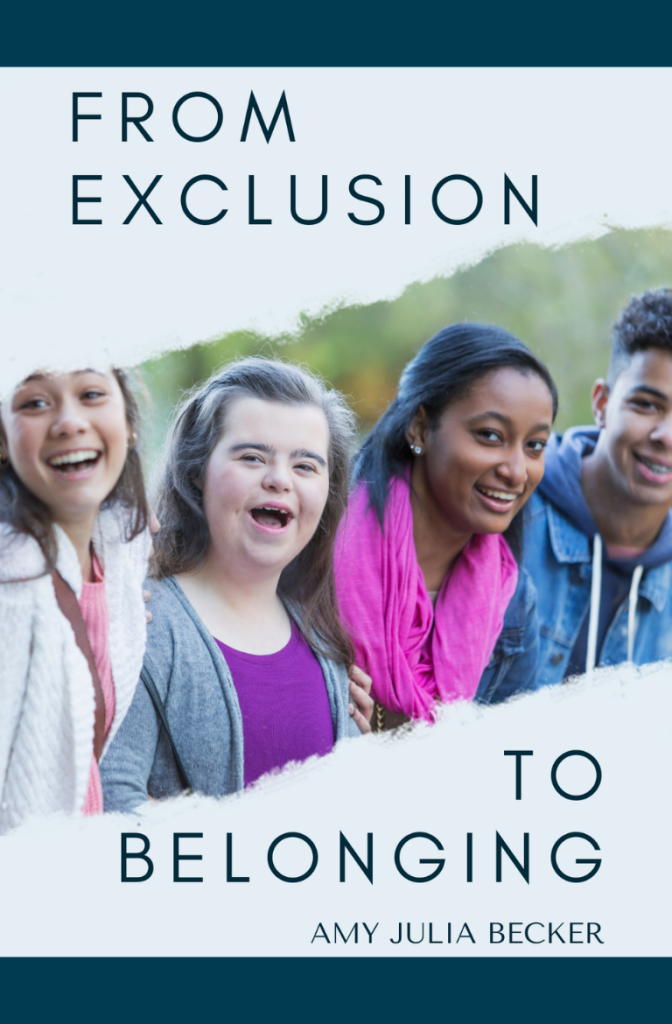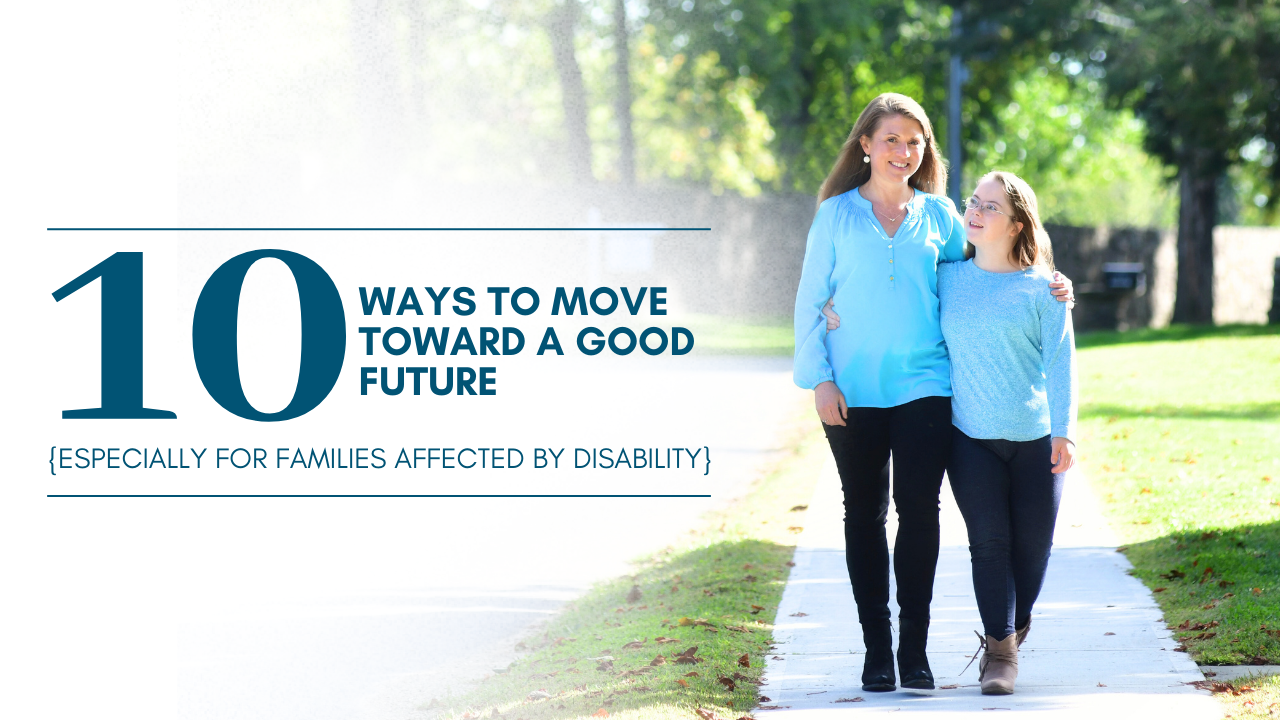
I was invited to share some thoughts on disability and theology with the student body of St. Paul’s School, a boarding school in Concord, New Hampshire. I offered three reflections on the theme of love and knowledge, along with three readings. I have modified them slightly for this blogging format, but I wanted to share the thoughts with you. Here’s the first post (and here are links to the second and third):
One of the ways we combine love and knowledge is by putting facts in the context of experience. I’ve included photos of Penny and our family here to demonstrate what the abstract factual knowledge about Down syndrome looks like in the context of love.
There is a lack of synchronicity between our society and people with disabilities. A society that honours only the powerful, the clever, and the winners necessarily belittles the weak. It is as if to say: to be human is to be powerful. Those who see the heart as a place of weakness will be fearful of their own hearts. For them, the heart is a place of pain and anguish, of chaos and of transitory emotions. So they reject those who live essentially by their hearts, who cannot develop the same intellectual and rational capacities as others. People with intellectual disabilities are excluded; it was never intended that they be included as equal partners with the powerful, with you and me. Our notions of society and our belief systems flow from our own fundamental experiences of life, of death, of joy, and of anguish. If we have never experienced a love that is liberating, how can we talk of love as valuable? –Jean Vanier, Becoming Human
Reflection One:
Our son William is eight years old, and he is currently very excited about fun facts. Every morning he comes into the kitchen with something new to share. He might ask me things like, “Mom, how many black rhinos are left in the world?” (And then he will make sure I’m clear that it’s only 5,000) or, he might say, “Mom, did you know that 50% of professional swimmers admit to peeing in the pool?” (I did not.)
When I was his age, I liked lists of facts too. That’s part of growing up—gathering information about the world around us, assembling a list of things we know, and sharing our knowledge when we can. As we get older, we build on that earlier knowledge. We learn how to use facts and information to make arguments and take action in the world. So by the end of high school, I knew how to analyze poetry and how to solve quadratic equations. I knew how to identify paintings from different eras of art history and how to write essays with a thesis statement. Figuring out the facts and how to use them was a helpful tool for life.
Ten years later, when I first became pregnant, I knew what to do. I bought books that told me what was happening inside my body as the baby grew. Again, I gathered fun facts—the baby is as big as a lemon, an apple, a cantaloupe! I showed up for all my doctor’s appointments. My husband and I learned halfway through the pregnancy that we were having a girl, and we decided we would name her Penny. Once we knew she was a little girl named Penny, we thought we knew all sorts of other things about her. We thought we knew she would have blonde hair, because I had blonde hair as a baby. We thought we knew she would walk and talk early, like her mom and dad. We thought we knew what her future would look like. What we didn’t know was that our baby girl had Down syndrome.
Two hours after Penny was born, we learned from the doctors that they suspected she had a third copy of the 21st chromosome in every cell of her body instead of the typical pair. Over the next few hours and days, information about that extra chromosome piled up. A nurse printed off pages from a website with statistics about babies with Down syndrome. I learned our daughter’s likelihood of childhood leukemia, hearing loss, low muscle tone, heart defects, and developmental delays. Within the next few months I learned that she would need speech therapy, occupational therapy, physical therapy, and many doctors’ visits.
My education up to that point—at boarding school, in college, in seminary—had taught me how to analyze information, how to apply it to the problem at hand, and how to come up with a solution. I tried to approach Penny with that same analytical attitude, but I eventually realized that she was not a problem to be solved. She was a baby. And a baby is a person to be loved.
 You see, the doctors and the websites and the therapists and the lists of delays could give me some knowledge about Down syndrome. But all the doctors and websites and therapists and lists I could ever find couldn’t tell me that our daughter would have green eyes, or that she would rest her head against my chest as if it was the safest place in the entire world, or that she would love books just like her mom, or that she would care about people so much that as soon as she heard someone was hurting or in need she would rush out of the room to write them a note of sympathy, or that she would work for three years to be able to do the monkey bars, or that she would have friends, or that she would obsess over weddings, or that her favorite color would be blue.
You see, the doctors and the websites and the therapists and the lists of delays could give me some knowledge about Down syndrome. But all the doctors and websites and therapists and lists I could ever find couldn’t tell me that our daughter would have green eyes, or that she would rest her head against my chest as if it was the safest place in the entire world, or that she would love books just like her mom, or that she would care about people so much that as soon as she heard someone was hurting or in need she would rush out of the room to write them a note of sympathy, or that she would work for three years to be able to do the monkey bars, or that she would have friends, or that she would obsess over weddings, or that her favorite color would be blue.
Doctors and nurses and websites and books could give me all sorts of knowledge about Penny. But all the knowledge in the world couldn’t give me what I needed in order to be Penny’s mom, and what I needed in order to grow as a human being. Books and professionals gave me knowledge, but they couldn’t give me what I needed most: love.




